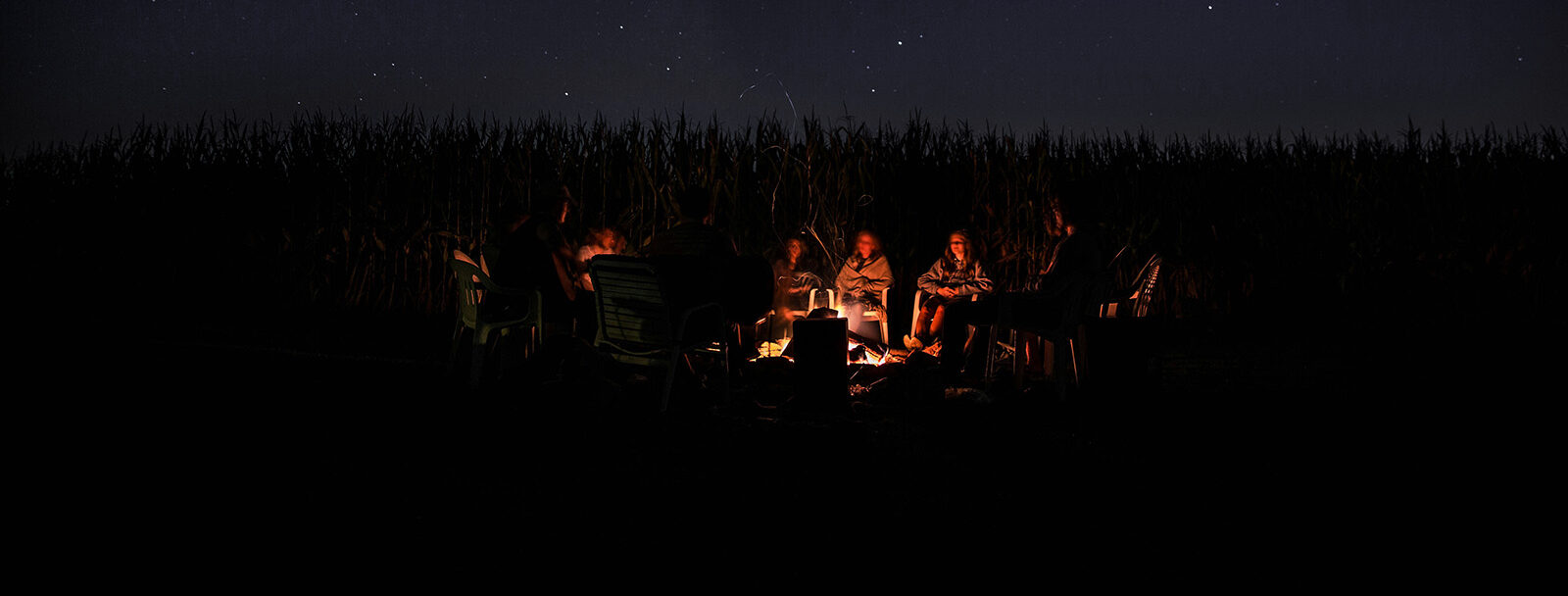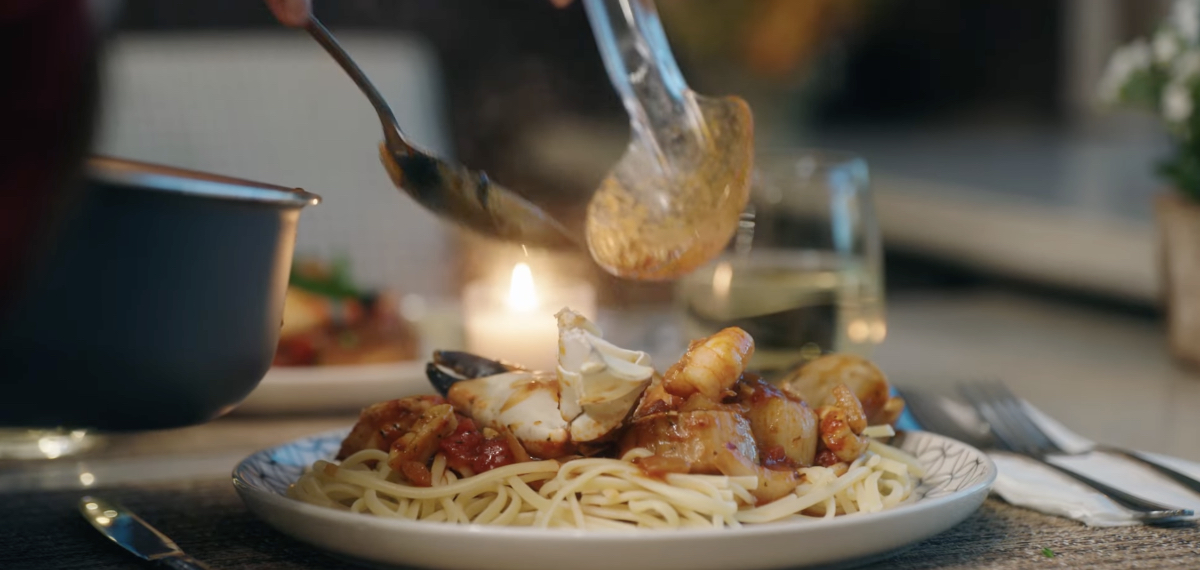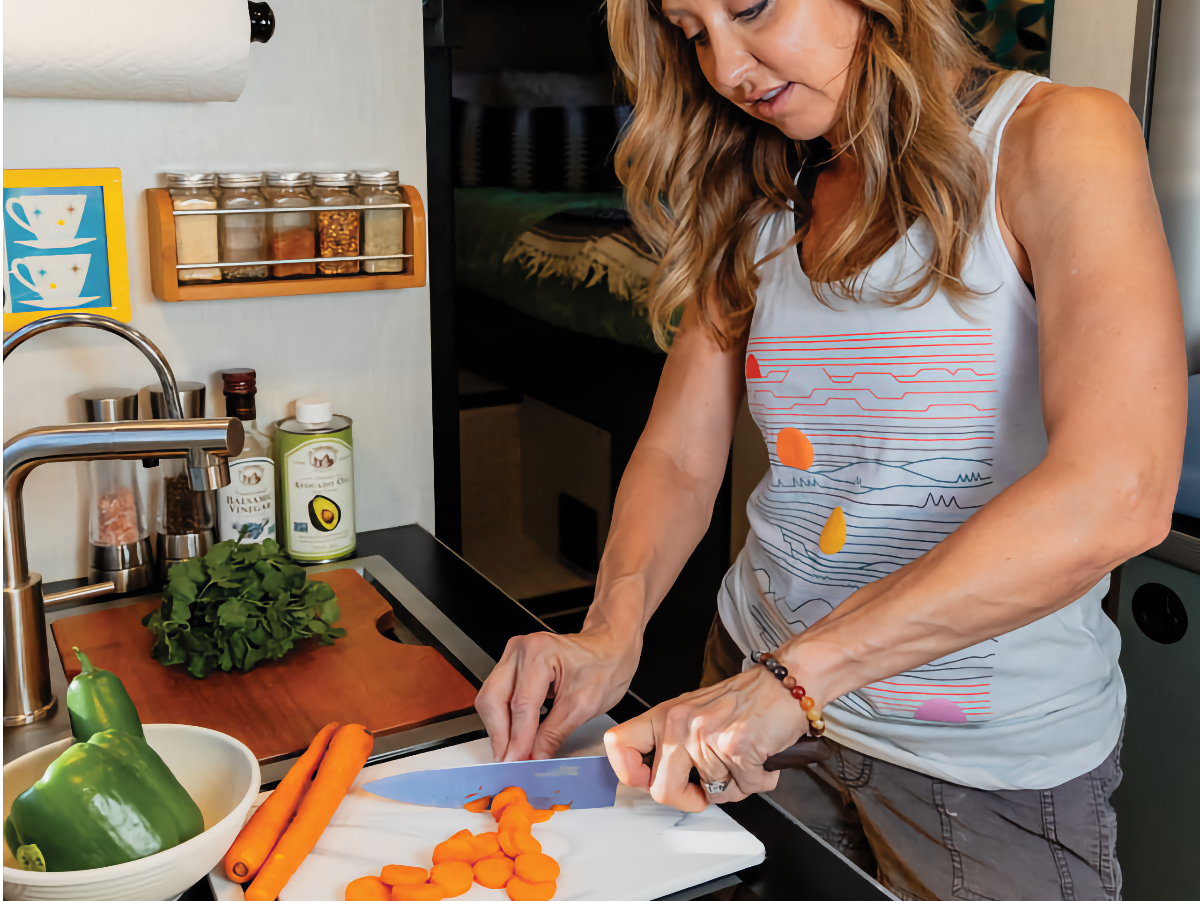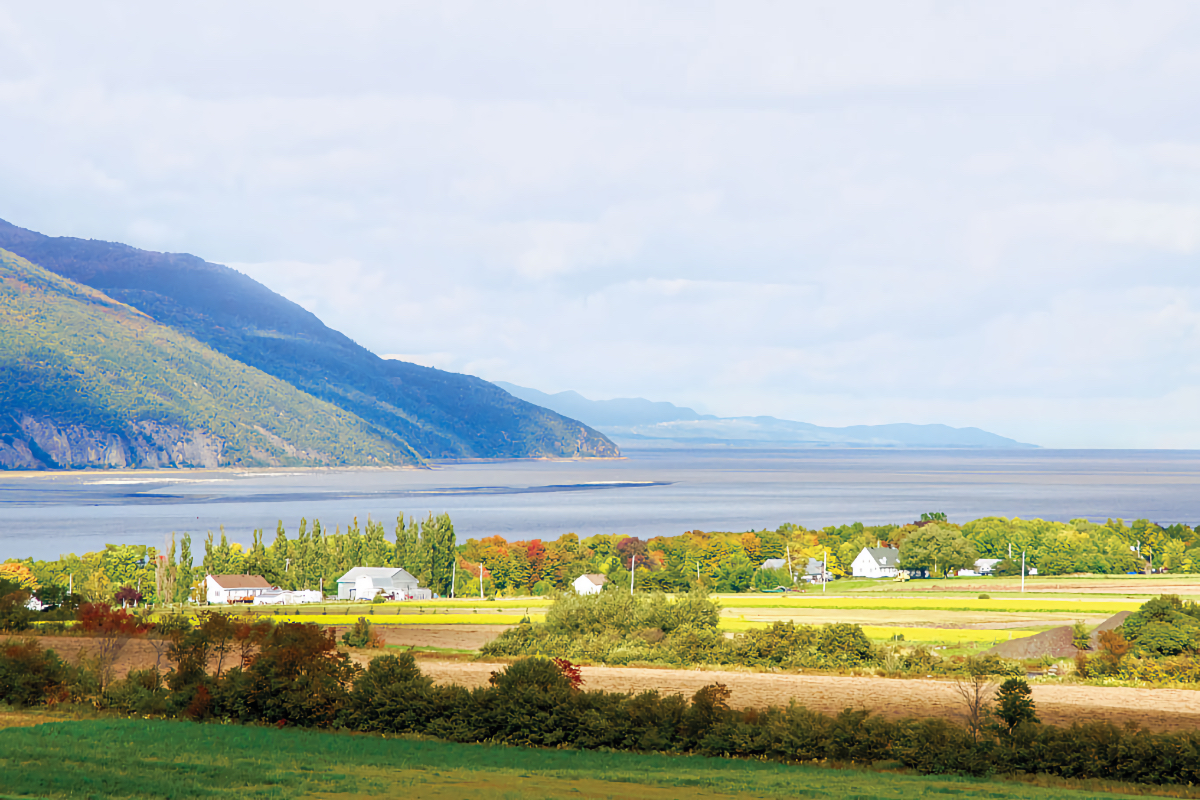Recipe: Cranberry Ice
Image Caption:
The fruit most associated with the winter holiday season is the cranberry. We eat cranberries jellied or fresh and whole as a tangy side dish alongside celebratory turkey, beef and pork. We put dried cranberries into stuffing and baked goods. And, around our house, we use cranberries to create an amazing frozen salad.
Cranberries are not only delicious, they’re little health powerhouses. They’re high in vitamin C, manganese and fiber. They’re also rich in phytonutrients, especially antioxidants that help protect against cell damage associated with heart disease, cancer and other diseases. Some health authorities believe drinking cranberry juice helps prevent urinary tract infections.
These berries have an interesting history. Related to blueberries and huckleberries, cranberries are North American natives. Thousands of years ago, glaciers receded, carving out depressions that filled with sand and created perfect wetland bogs for growing cranberries.
Native American tribes made cranberries an integral part of their diets. They ate cranberries fresh, ground or mashed with cornmeal, and baked them into bread. They made pemmican, a winter survival ration, with cranberries mixed with wild game and melted fat. They added honey or maple sugar to sweeten the tart berries. They also used cranberries as medicine – as poultice to draw out poison and as a tea to calm the nerves.
In the 1600s, Native Americans introduced European Pilgrims to cranberries. Dutch and German settlers called them “crane-berries,” perhaps because cranes ate them or because the blossom resembles the head and neck of a crane. Over time, the name was shortened to cranberry.
Because of their high vitamin C content, American sailors carried cranberries onboard ships. They kept them fresh in barrels of water and ate them to prevent scurvy.
In 1930, Ocean Spray, now a cooperative of more than 700 cranberry farmers, was formed. The company created a wide range of cranberry products like apple-cranberry juice and sweetened, dried cranberries, and dramatically increased demand for cranberries. Today, Americans eat nearly 400 million pounds of cranberries annually.
A longtime holiday tradition around our house is cranberry ice. It’s a frozen cranberry concoction that’s easy to make and can be eaten as a side dish, salad or even dessert.
The recipe comes from Jeanne McLaughlin’s “On a Shoestring: My Mom’s Pie Kitchen.” Jeanne ran a restaurant called My Mom’s Pies, in Long Beach, Washington, on the Long Beach Peninsula. It was a local place selling dishes like chili, meatloaf and clam chowder. It was famous for melt-in-your-mouth flaky pies – and this amazing cranberry ice.
Have a favorite cranberry recipe you’d like to share? Email Bobbie with “Cranberry” in the subject line.

What You’ll Need
Blender
8 inch Glass pan
refrigerator
Ingredients
2 15-ounce cans jellied cranberry sauce
3 tablespoons fresh lemon juice (if bottled, use 1½ tablespoons)
1 cup heavy cream, whipped
¼ cup mayonnaise
¼ cup powdered sugar
Directions
*Recipe by Jeanne McLaughlin, “On a Shoestring: My Mom’s Pie Kitchen” (out of print).
Blend cranberry sauce and lemon juice in blender and put mixture into an 8-by-8-inch glass pan.
Combine whipped cream, mayonnaise and powdered sugar with a wire whisk.
Top cranberry mixture with the whipped cream mixture and freeze.
When frozen, cut into squares.





